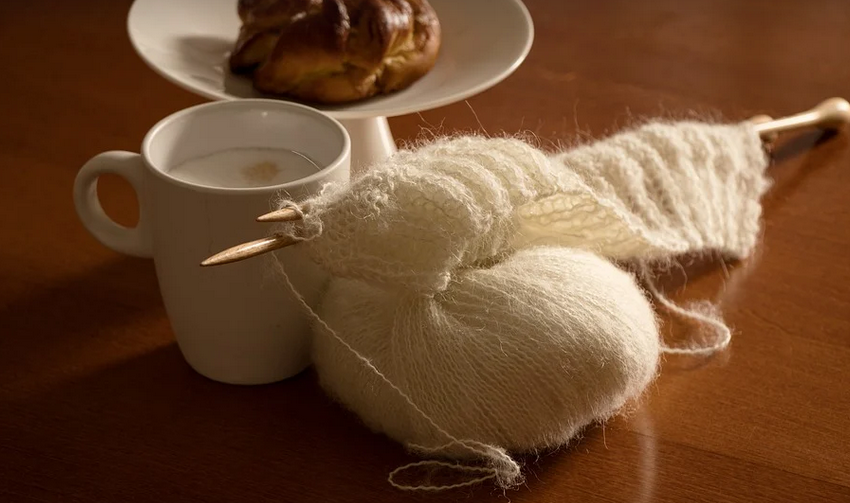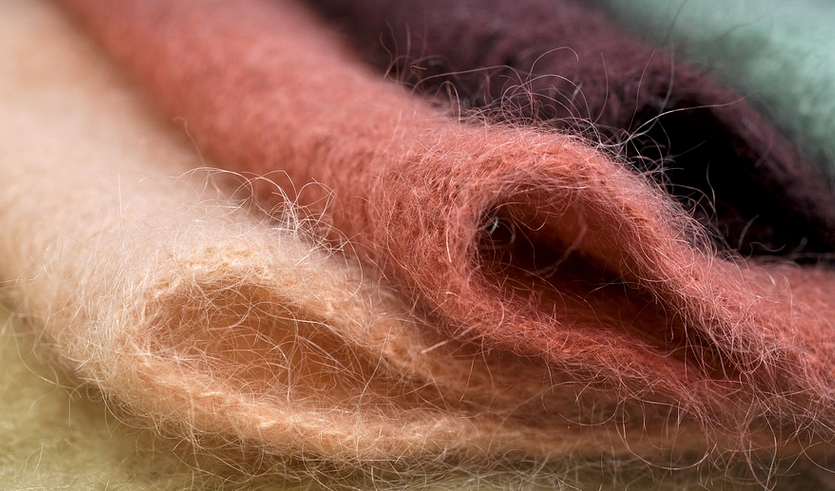
The Allure of Bulk: Why Feed Sacks Matter
Remember those classic scenes from Westerns? You’ve got a weathered cowboy or rancher standing tall in a vast field, his trusty steed by his side. And there you see it—a massive feed sack overflowing with hay, waiting to be used for the cattle that depend on him.
It’s more than just a scene from a film; it’s a testament to the practicalities of large-scale farming and animal husbandry. Feed sacks, specifically 50-pound feed sacks, have been the foundation of bulk storage for decades. The sheer weight of these bags allows you to store substantial quantities of feed like hay, grains, or even seeds, making them a true workhorse in the world of agriculture.
A Legacy Built on Durability and Functionality
Feed sacks aren’t just about quantity; they’re also built for longevity. Crafted from strong fabric blends, often cotton or linen-based, these bags are designed to withstand the rigors of handling, storage, and even weather conditions like sun and rain.
The robust construction allows them to endure repeated use, ensuring you can store a year’s worth of feed without worrying about spoilage. This straightforward design makes the 50-pound feed sack truly timeless, a classic piece of equipment that continues to be relevant in modern agriculture.
One of the most noticeable features is their ability to hold weight. Imagine filling a standard bag with grains or seeds, and you wouldn’t want them to spill over or create an uneven mess. The 50-pound sack is precisely designed for this purpose: it’s sturdy and reliable, guaranteeing a smooth storage experience.
Beyond the Farm: Versatile Applications of 50-Pound Feed Sacks
While their core use remains in agriculture, feed sacks have found their way into various other industries. Think about it—you’ve got to store bulk supplies for your business or even your home!
Imagine a small DIY project where you need a substantial amount of gravel or sand for your landscaping work. A 50-pound feed sack can be used as an efficient and affordable option for storing these smaller quantities.
And let’s not forget about the creative uses! Artists may use them as canvases to showcase their artistic vision. They also serve as makeshift planters, providing a rustic charm to your garden or balcony.
The Importance of Proper Storage: Maximizing the Lifespan of Your Feed Sacks
Here’s the thing about feed sacks—their longevity depends on proper storage practices. Think of it this way: if you don’t look after them, they wouldn’t last as long.
Firstly, keep them in a cool, dry and well-ventilated location. Avoid storing them in direct sunlight or damp areas, as this can lead to weakening the fabric over time.
Secondly, always ensure they’re fully closed before storage. Loose sacks are prone to damage from pests like rodents, insects and birds, who see them as easy prey for their nefarious schemes.
Thirdly, consider the sealing method: a strong zipper or tie-fastener will ensure that your feed sacks remain intact and free from leakage. You wouldn’t want your precious feed going astray, would you?
The Future of Feed Sacks: Embracing Sustainable Practices
As we move forward into the future, it’s exciting to see how sustainable practices will shape the way we use and manage our resources.
Feed sacks offer a promising solution for reducing waste in resource management. Imagine utilizing them for composting or even creating compost bins to help reduce your carbon footprint. It’s about going green while embracing practicality.
As technology advances, there’s an opportunity to explore innovative ways of using feed sacks. Maybe we could think of using them as temporary shelving structures in small spaces. The possibilities are endless!
So, the next time you see a 50-pound feed sack, don’t just picture it as a tool for bulk storage. Picture it as an embodiment of resilience, practicality, and a reminder that even simple solutions can have a profound impact on our everyday lives.






